DOG SOLDIERS (2002)
A routine military exercise turns into a nightmare in the wilderness of Scotland.
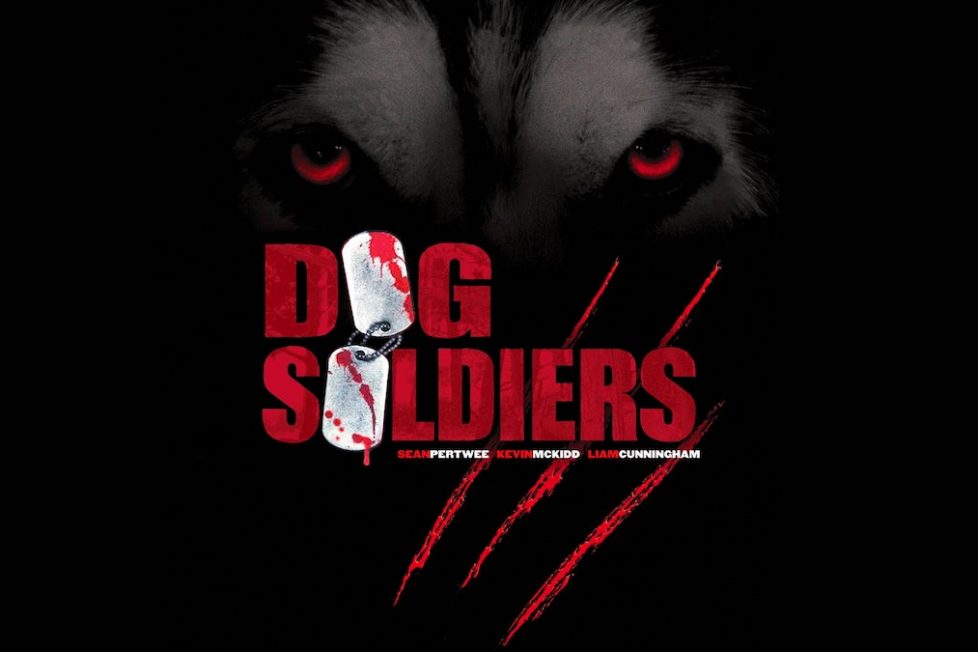
A routine military exercise turns into a nightmare in the wilderness of Scotland.


The term ‘cult classic’ is frequently thrown around online, but what makes a movie a cult classic? Is it the decision to pull the feature from the mainstream, resulting in a niche audience discovering it? The withdrawal of A Clockwork Orange (1971) resulted in its reputation spreading on VHS amongst teenagers for decades. Or is it the campy, self-aware nature of the screenplay, like Shane Black’s Kiss Kiss Bang Bang (2005)?
Whatever the answer, Neil Marshall’s debut Dog Soldiers walks the fine line between cult classic and self-aware pretender. Littered with one-liners, references to other horror movies, and with a darkly humorous tone, Dog Soldiers is a strange beast. Although werewolves are undoubtedly one of the most popular monsters in cinema, horror has a disturbing lack of truly excellent werewolf films. Years of regurgitated mythology failed to excite audiences the same way as vampires and zombies, eventually diminishing the monster’s status. Regardless, while not on an iconic level such as The Curse of the Werewolf (1961) or An American Werewolf In London (1981), Dog Soldiers sits comfortably alongside cult classics The Company of Wolves (1984) and Ginger Snaps (2000).
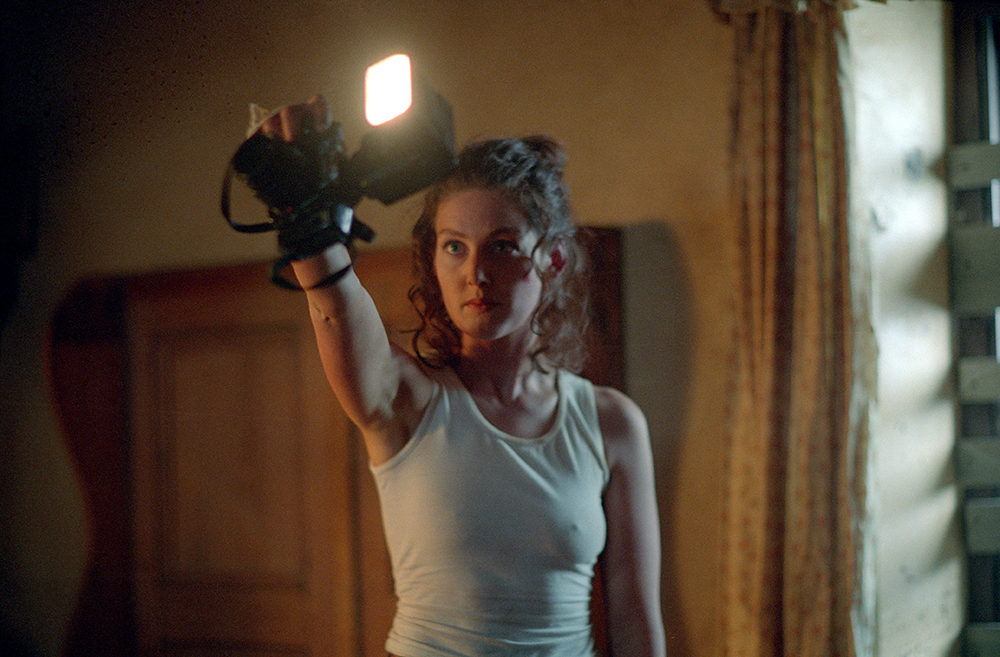
After failing a Special Forces assignment, Pvt. Cooper (Kevin McKidd) is sent to the Scottish Highlands with a group of British Soldiers. Lead by Sgt. Harry G Wells (Sean Pertwee), the six-strong military unit is on a routine training exercise. Upon discovering a gruesome scene of what seems to be the remains of a Special Forces unit, they locate a survivor named Cpt. Ryan (Liam Cunningham), and after being ambushed by werewolves, the squad is helped by a zoologist named Megan (Emma Cleasby). As the full moon lights the nighttime sky, the group travel to the nearest house for safety and, once barricaded inside, defend themselves from hairy beasts until sunrise. Unfortunately, not everything or everyone appears to be as they seem, giving the squad more trouble than they anticipated.
Before directing his sublime subterranean chiller The Descent (2005) and some of the greatest episodes of Game of Thrones, writer-director Neil Marshall announced his arrival with this indie horror. And Dog Soldiers is a genre fan’s wet dream. Produced by Christophe Figg (Hellraiser) with a shoestring budget of £2.3M, Marshall throws everything at the screen: monsters, gore, dark humour, and action. The low budget is never a hindrance. The action sequences and suspense is made all the better thanks to Sam McCurdy’s cinematography, which utilises the limited sets effectively and makes great use of shadows. The guerrilla-style camerawork in the forest results in vividly captured chase sequences, echoing Sam Raimi’s The Evil Dead (1981), proving you don’t need lots of money to create a compelling horror.
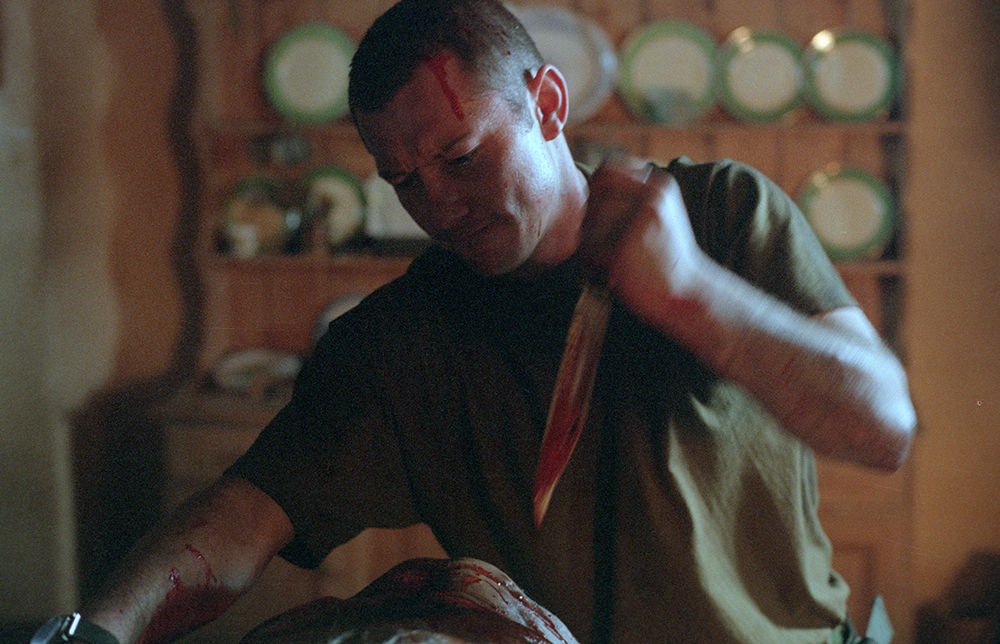
Besides Marshall’s cinematic acuteness, the other breakout attribute is a young Kevin McKidd as Cooper. Now most famous for playing Dr Owen Hunt in Grey’s Anatomy, he was already familiar to British audiences as Tommy in Trainspotting (1996). We’re introduced to Cooper as he fails a Special Forces exercise, as he refuses to follow an order to shoot a dog dead. McKidd brings a depth to what could have been a one-note character, as Cooper’s incredibly loyal to his squaddies and does what’s needed in order to survive without losing his morals. Filled with roaring strength and vigour, his resourcefulness in the field evokes John Rambo.
Most recognisable today for playing butler Alfred in the Batman prequel TV series Gotham (2014-19), Sean Pertwee has never been better as Sgt Wells. He’s so charismatic and makes the character one of the most convincing British soldiers I’ve seen in a horror. Pertwee juggles the requisite army tough guy attitude with a softer side, and his character’s relationship with McKidd’s gives the movie some much-needed heart. Although a final argument about who goes and who stays to hold things off is slightly contrived.
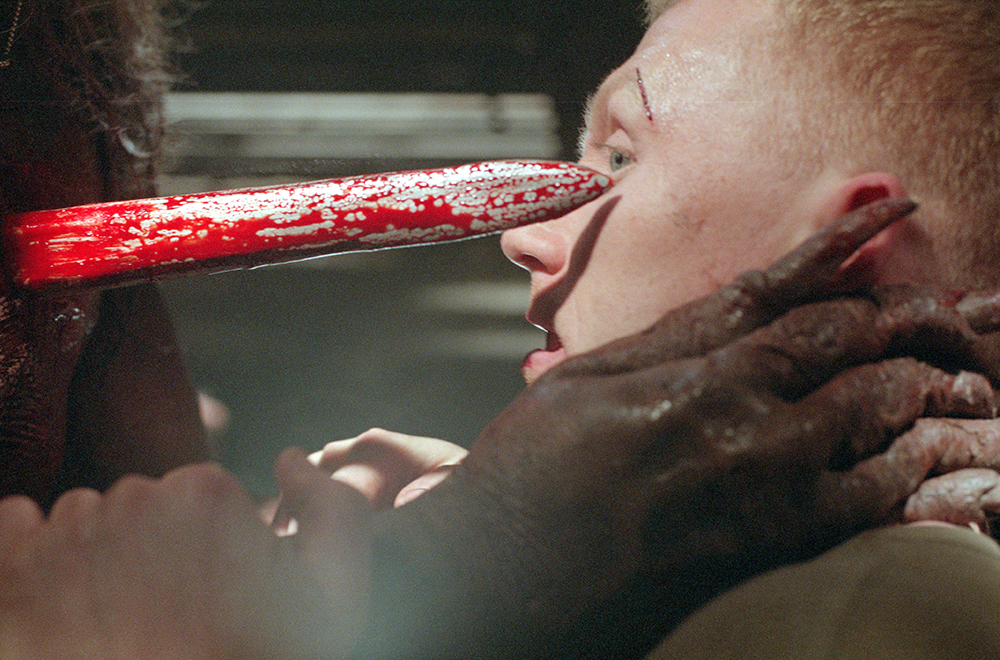
Liam Cunningham is now known as the kind and loyal Davos Seaworth from Game of Thrones, but here he has no time for niceties as the mysterious Captain Ryan, the sole survivor of an assault on a Special Forces team. Speaking mainly in riddles and constantly antagonising the soldiers, he’s almost as bad as the monsters! Big screen newcomer Emma Cleasby (Doomsday) has the difficult task of being the lone female in a cast full of tough guys as Megan. Her peculiar zoologist definitely feels different from the soldiers, but she holds her own and counterbalances all of the testosterone. However, it seems as though the director could find no reason for the character once they all arrived at the farmhouse. Any issues he had writing female characters was evidently solved by the time he made his follow-up The Descent with an all-female cast.
Military stereotyping is always a burden in action flicks. Films like Commando (1980) and Rambo (1982) involve soldiers who are mindless testosterone-filled individuals. However, this isn’t the case with Dog Soldiers. Taking over five years to come to fruition, Marshall spent obvious time crafting and refining his script. The director creates some truly believable characters, making it difficult to not become invested in their survival. The characters contain the crass level of toughness required, but there’s a warming sense of kinship between the group.
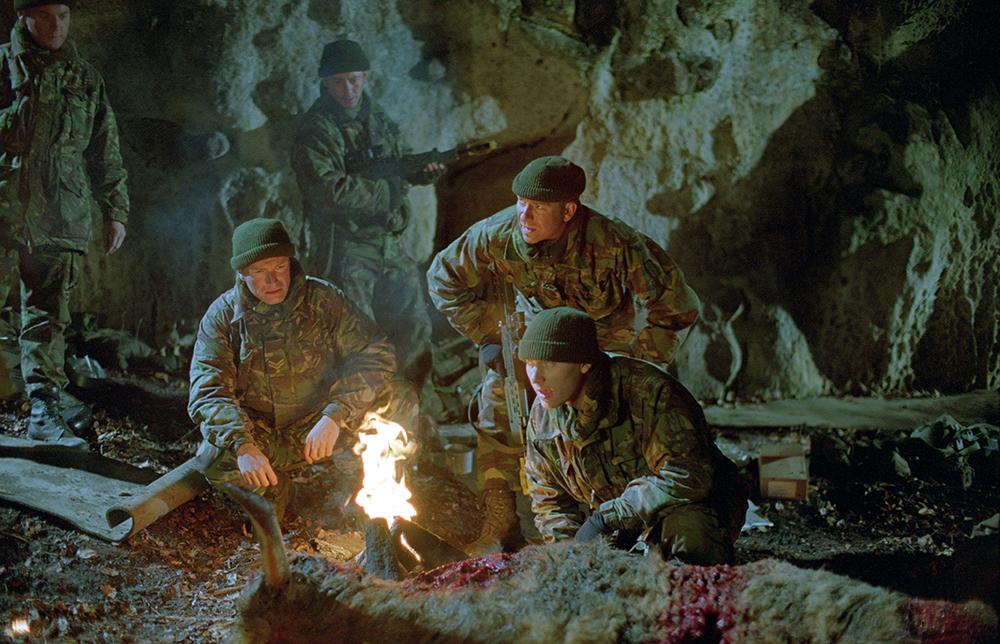
The dialogue is believable and their natural back and forth is enjoyable, giving each of them a likeable personality. Part of its success is because his father and grandfather served in the military. Chris Robson (Sky Captain and the World Of Tomorrow) is ridiculed as he mopes about wishing he was watching a football match, whereas Leslie Simpson (Crawlspace) is the likable, weak-stomached dimwit. There’s a form of camaraderie between the characters that echo of the marines in Aliens (1986). However, one would argue Marshall’s soldiers are more convincing than the likes of Hicks, Vasquez, and Hudson. Although they make wisecracks and give each other a hard time, there’s a sense of authenticity that they’ve lived and fought together.
As demonstrated later in The Descent, Marshall has a natural gift for creating a tense and claustrophobic atmosphere. However, here he imbues Dog Soldiers with cues from his predecessors to maintain an underlying sense of dread. Beginning in the Scottish Highlands, the director takes full advantage of the rugged terrain. Similar to the shark in Jaws (1975), glimpses of the werewolves are shown as they move through the surrounding forest. As the soldiers flee in terror, black-and-white perspective shots from the monsters are cut to intermittently. Evoking the style of Predator (1987), the audience is treated to seeing the lycanthropes hunting down their prey in satisfying ways. Dripping in atmosphere and frenetically fast-paced, throughout the first act, the director barely leaves any breathing room.
Additionally, during the second act, Marshall continues to wear his influences on his sleeve. The director moves the action from the open woodland to the confines of an abandoned farmhouse. As the protagonists barricade themselves indoors, Dog Soldiers shifts gear and becomes a high-octane siege movie. As discussed in the commentary, parallels between George Romero’s Night of the Living Dead (1968) and John Carpenter’s Assault on Precinct 13 (1976) are implicitly drawn. The lack of ammunition results in the soldiers becoming creative with what few supplies they have. Everything from pots and pans filled with boiling water, to a can of hairspray and a lighter, are used as a desperate fight for survival. Its dark cramped spaces envelop the characters in a claustrophobic nightmare, while the setting increases the tense and stark atmosphere.
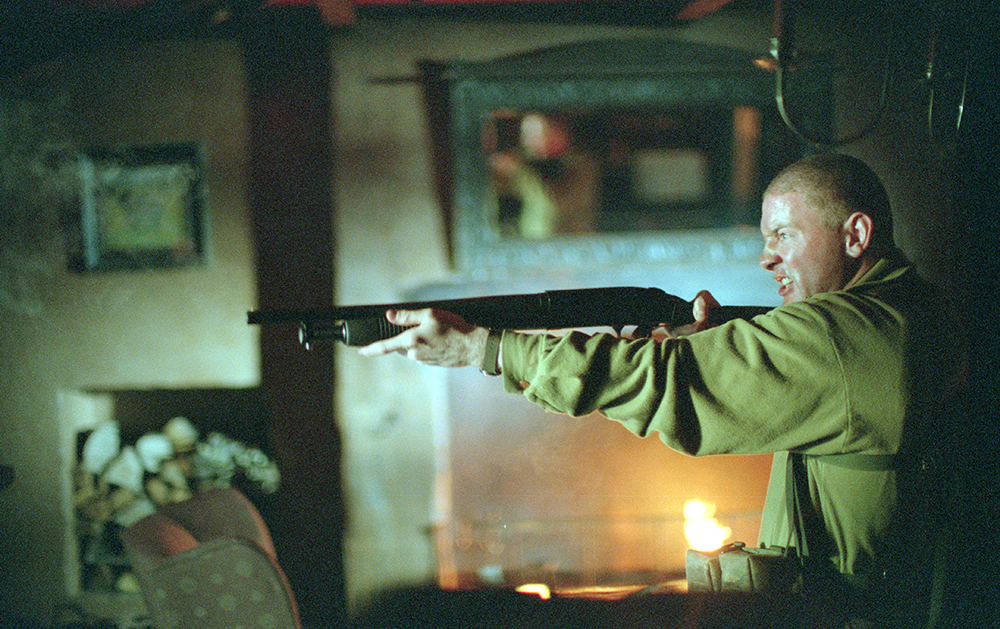
The dominant strength of Dog Soldiers is how dialogue injects humour into its heart-pounding sequences to ease the tension. Similar to Edgar Wright’s later Shaun of the Dead (2004), the story is drenched in horror aesthetic, but the dire situations are scattered with British tongue-in-cheek interludes. For instance, upon discovering a slaughtered army unit in the woods, Wells informs his team “we are up against live, hostile targets. So, if Little Red Riding Hood should show up with a bazooka and a bad attitude, I expect you to chin the bitch.” The hyperactive character Spoon (Darren Morfitt) also delivers some great one-liners. And in the simultaneously best and most horrific sequences, Spoons goes head-to-head with a werewolf and quips “I hope I give you the shits, you fucking wimp” before his demise.
One of the biggest assets to Dog Soldiers is Marshall’s insistence on using practical effects. The director leans into his B Movie sensibilities with the help of VFX designer Bob Keen (Nightbreed). Dog Soldiers combines the shocks and gore of Stuart Gordon’s Re-Animator (1985) and the practical effects of An American Werewolf In London. Severed heads fly across the screen, whereas bodies are impaled on tree branches. One macabre highlight happens early on as Wells suffers an attack from one of the monsters and, with the help of Cooper, we see them both desperately trying to prevent his organs from falling out of his slashed abdomen. As his comrades are fighting off a werewolf attack, a dog begins tearing the bandages and pulling at his intestines. In the best possible sense, it’s a nauseating pulpy blast that keeps on delivering for horror fans.
The werewolves themselves are used in the same manner Ridley Scott treated the xenomorph in Alien (1979). Quick-moving silhouettes are glimpsed through darkness and fog, leaving behind faint impressions rather than absolute images. The director explains in the commentary that it was part of a stylistic choice and partly due to budget limitations. However, the creatures are glimpsed often enough to satisfy and tantalise simultaneously. It’s not until the final act that the director unleashes his terrifying beasts. Standing 7′ tall, the bipeds tower over their victims menacingly with a slight hunch. The decision to hire dancers instead of stuntmen for the lycanthropes highlights the monster’s realistic fluid movements. Whereas the animatronic snapping jaws and strings of dripping saliva make the monsters equally as impressive as those in The Howling (1981).
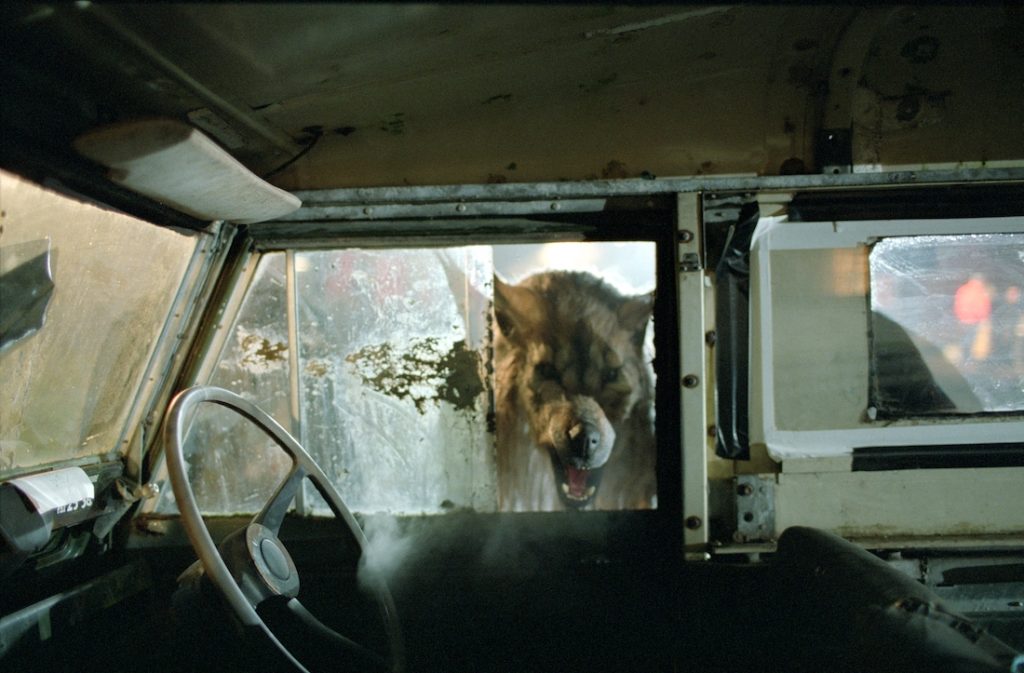
Due to budget limitations and the artificiality of creature features like An American Werewolf in Paris (1997) and Anaconda (1997), Marshall decided to keep CGI to a minimum. During a time when filmmakers thought CGI was the solution to most problems, Marshall didn’t want such effects pulling audiences out of the experience. Unfortunately, this decision does mean Dog Soldiers excludes any iconic man-to-wolf transformation scene of its own. Since the earliest days of The Wolfman (1941), this has been an unbreakable rule in the genre. Admirably, the director chooses to avoid such tropes by paying homage to Harry Corbett’s hair-sprouting episode from Carry on Screaming (1966). The shock transformation as a human becomes a monster subtly takes place out of sight behind a kitchen table. With sounds of gasping and grunting, and ripped clothes emanating from the shadows. The skilfully placed cuts and camera placement allows the transformation to be left to the imagination, and it’s extremely effective.
Although I took it upon myself to hurl a digital petrol bomb at Marshall’s reboot of Hellboy (2019), its a pleasure revisiting his 2002 debut. Before Dog Soldiers the werewolf genre had been a mixed bag, but Neil Marshall brought it back with a bang. It announces his presence on the filmmaking landscape with a slickly made action-horror that didn’t skimp on the blood. Laden with pop culture references throughout, from Zulu (1964) to The Matrix (1999), Dog Soldiers has cemented itself as a cult classic. Marshall’s debut proved the director has genuine talent and a force to be reckoned with on the British horror scene for years to come.
UK • LUXEMBOURG | 2002 | 105 MINUTES | 1.85:1 | COLOUR | ENGLISH

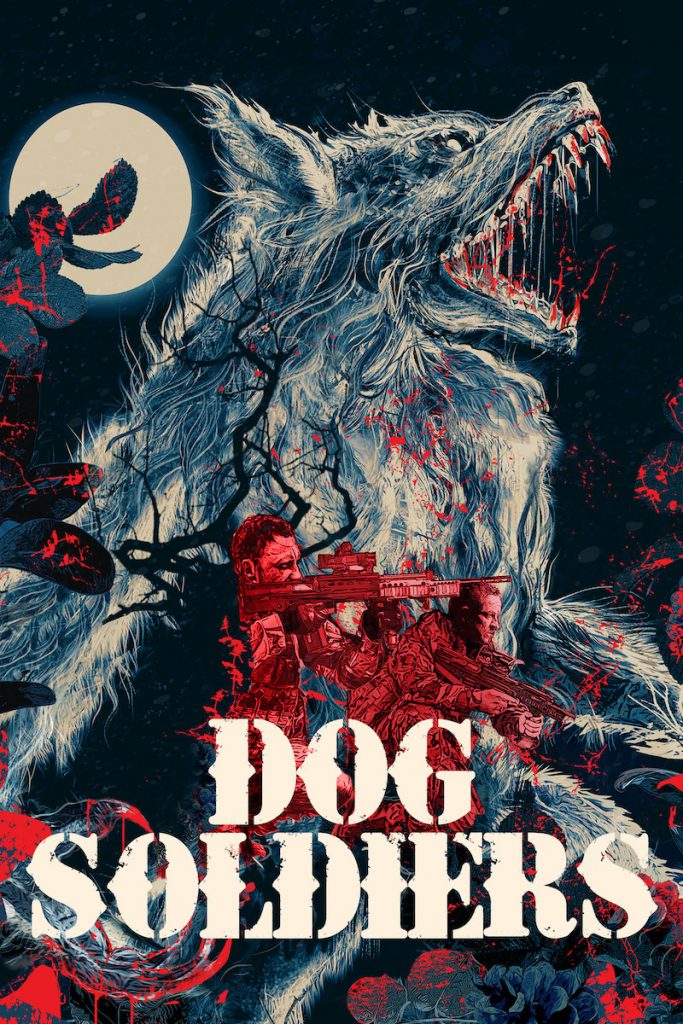

writer & director: Neil Marshall.
starring: Sean Pertwee, Kevin McKidd, Emma Cleasby & Liam Cunningham.
